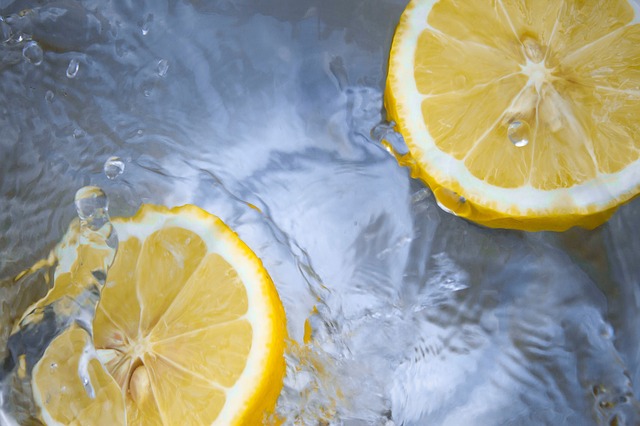For those eating a balanced diet, supplements should only be taken as recommended by your physician.
B12 and D3 are different because you can’t get them from plants, and most importantly, both of these nutrients are difficult to absorb in their natural form as we get older. Only bacteria create a biologically active vitamin B12 which is stored in animal tissue. Those who follow a vegan diet should take a B12 supplement. D3 is literally a sunshine vitamin; by spending 10 to 15 minutes in direct sunlight a few times a week, ample vitamin D is made by our body. Those with a darker skin tone need to spend a bit more time in the sun to produce the same amount of vitamin D. This nutrient is crucial to maintain a healthy immune system, strong bones, and protect us from cognitive decline. Though again, as we get older, it becomes more difficult for our body to manufacture D3 from sunlight.*
Malabsorption is problematic for many adults, especially those over the age of 50 due to digestive problems when stomachs produce less acid, as a side effect from diabetes medications, and the overuse of antacids. A rich Western diet contributes to and causes serious chronic diseases such as heart disease, obesity, diabetes, multiple sclerosis, and cancer. Foods high in fat and sugar increase inflammation…they also lower the serum 25-hydroxyvitamin D in the blood. As research noted by the McDougall Foundation, low vitamin D in the blood is a result of being ill, not the cause of sickness. Address your diet and many health related problems can be solved.
This information is not a substitute for the medical advice of physicians. Take what is useful, investigate these options, and speak to your doctor before incorporating something new into your personal wellness plan.
Be Well. ~Tiffany
*Source: AARP Bulletin June 2021, pg. 32
Image by Bruno /Germany from Pixabay





